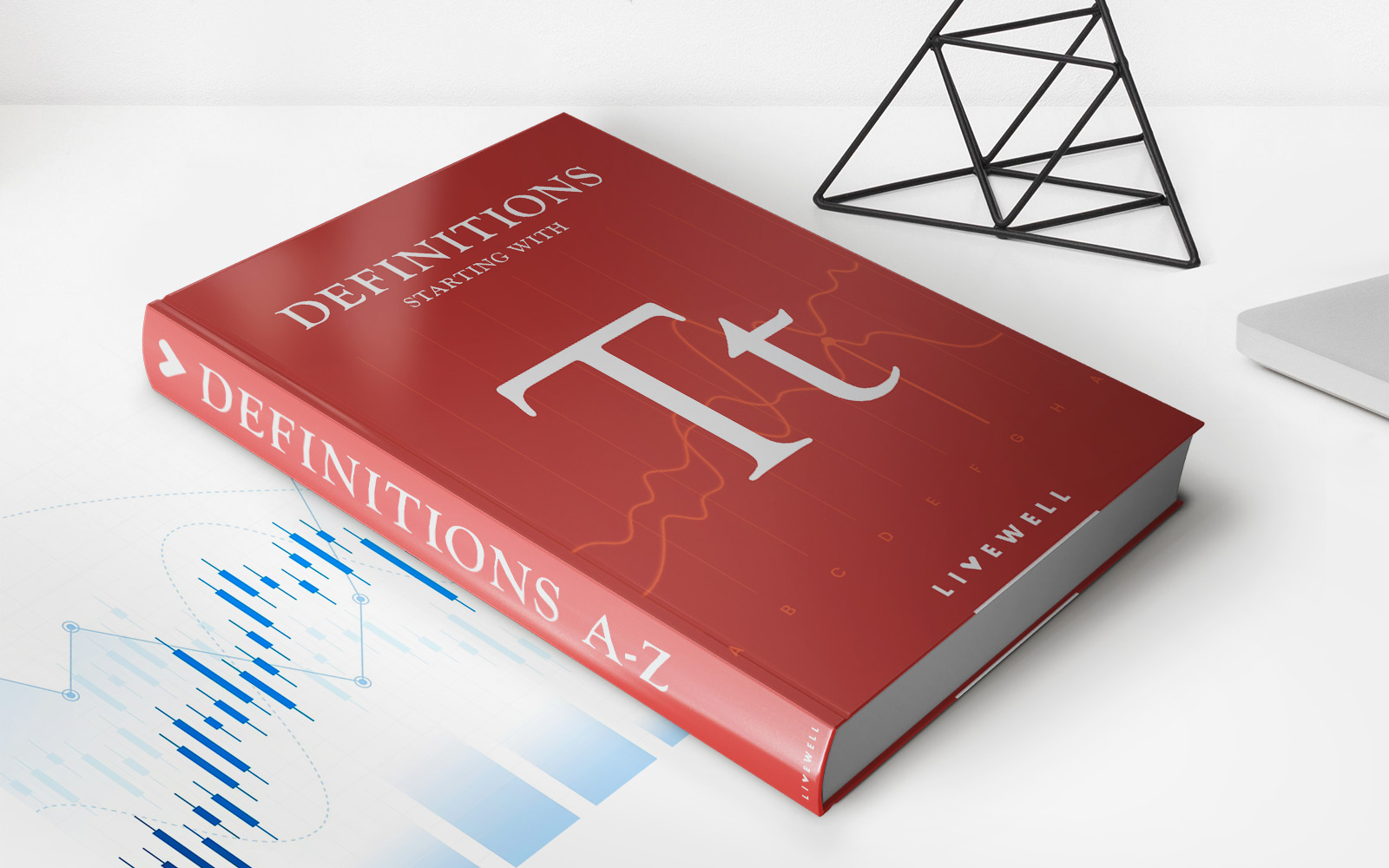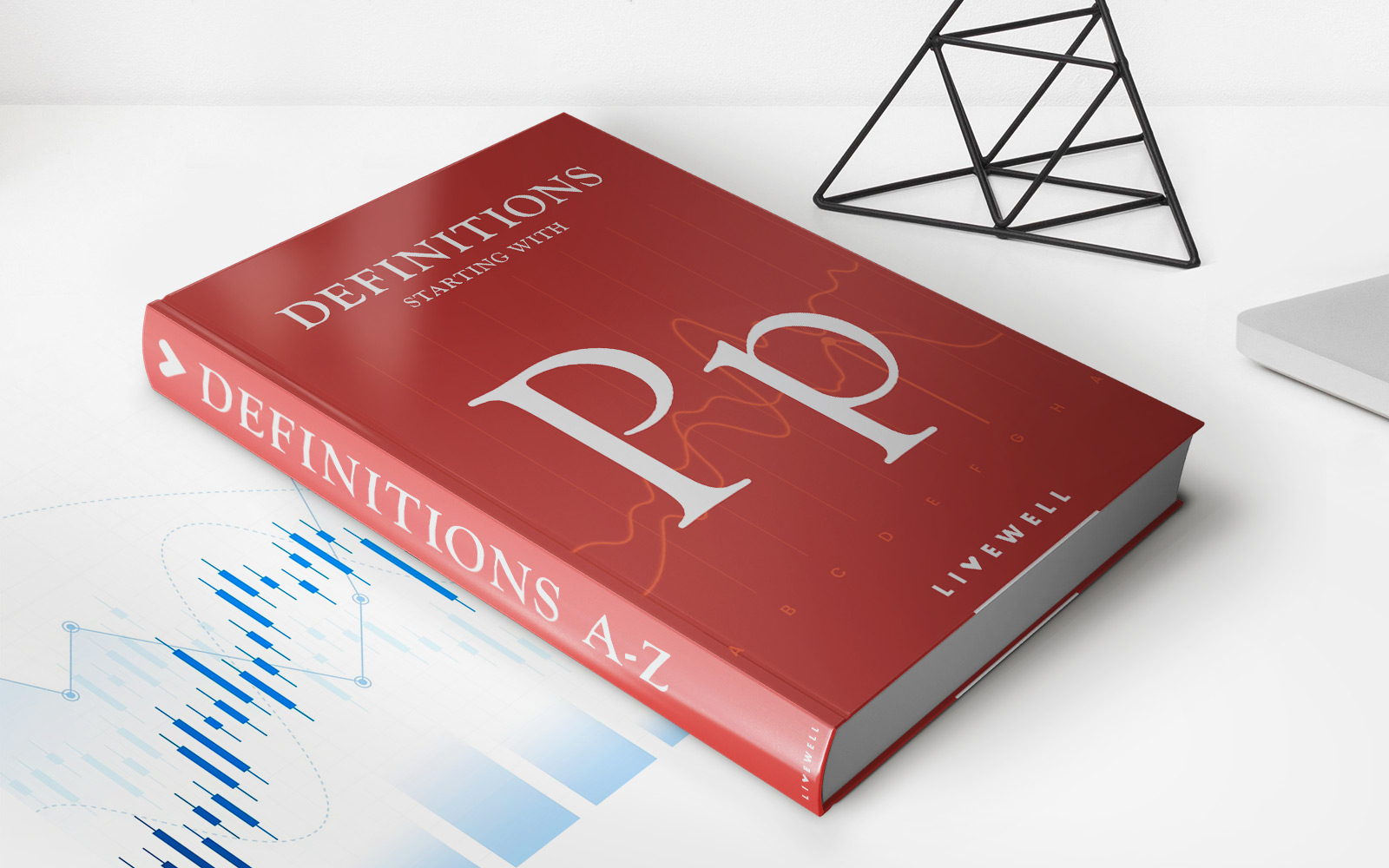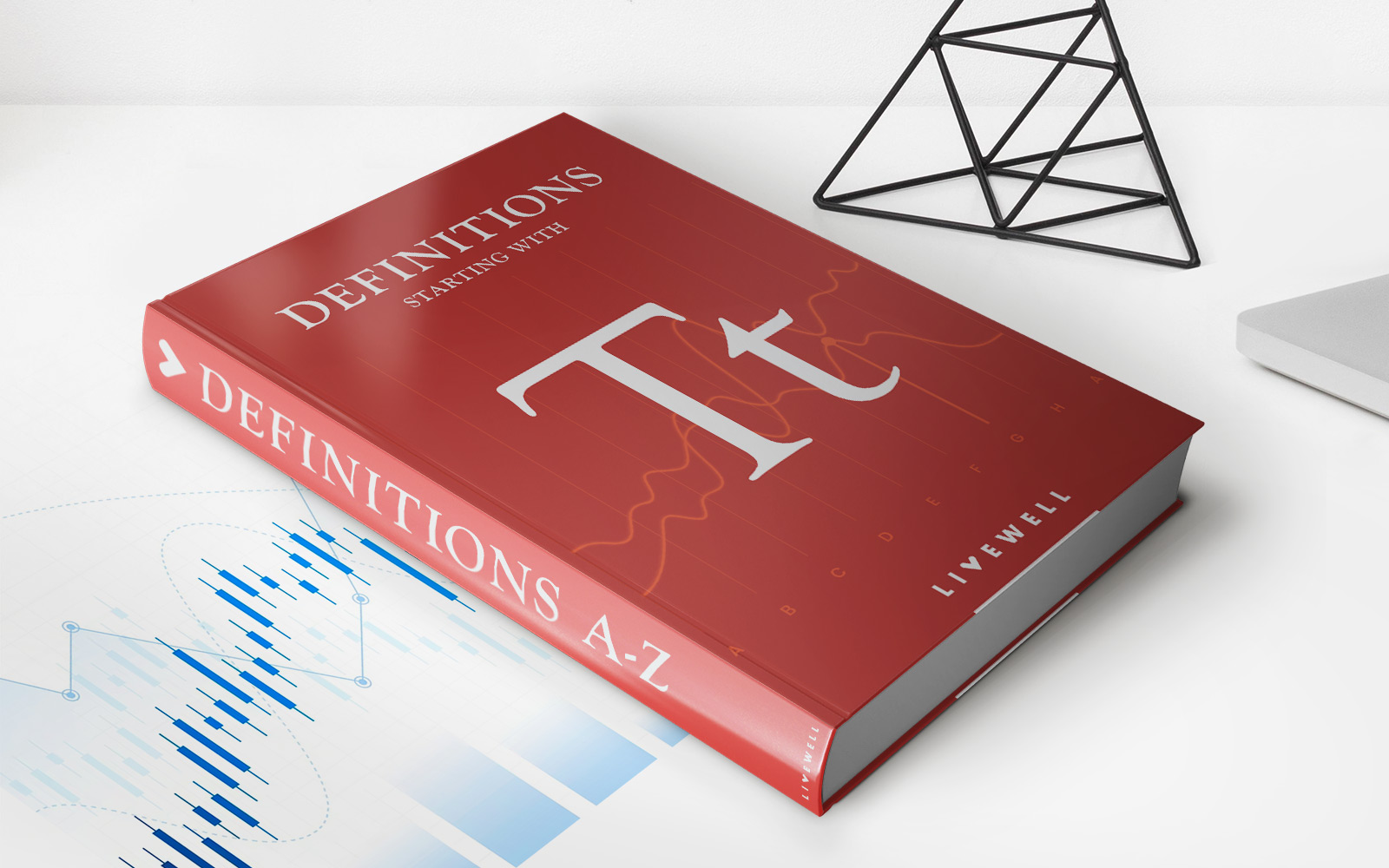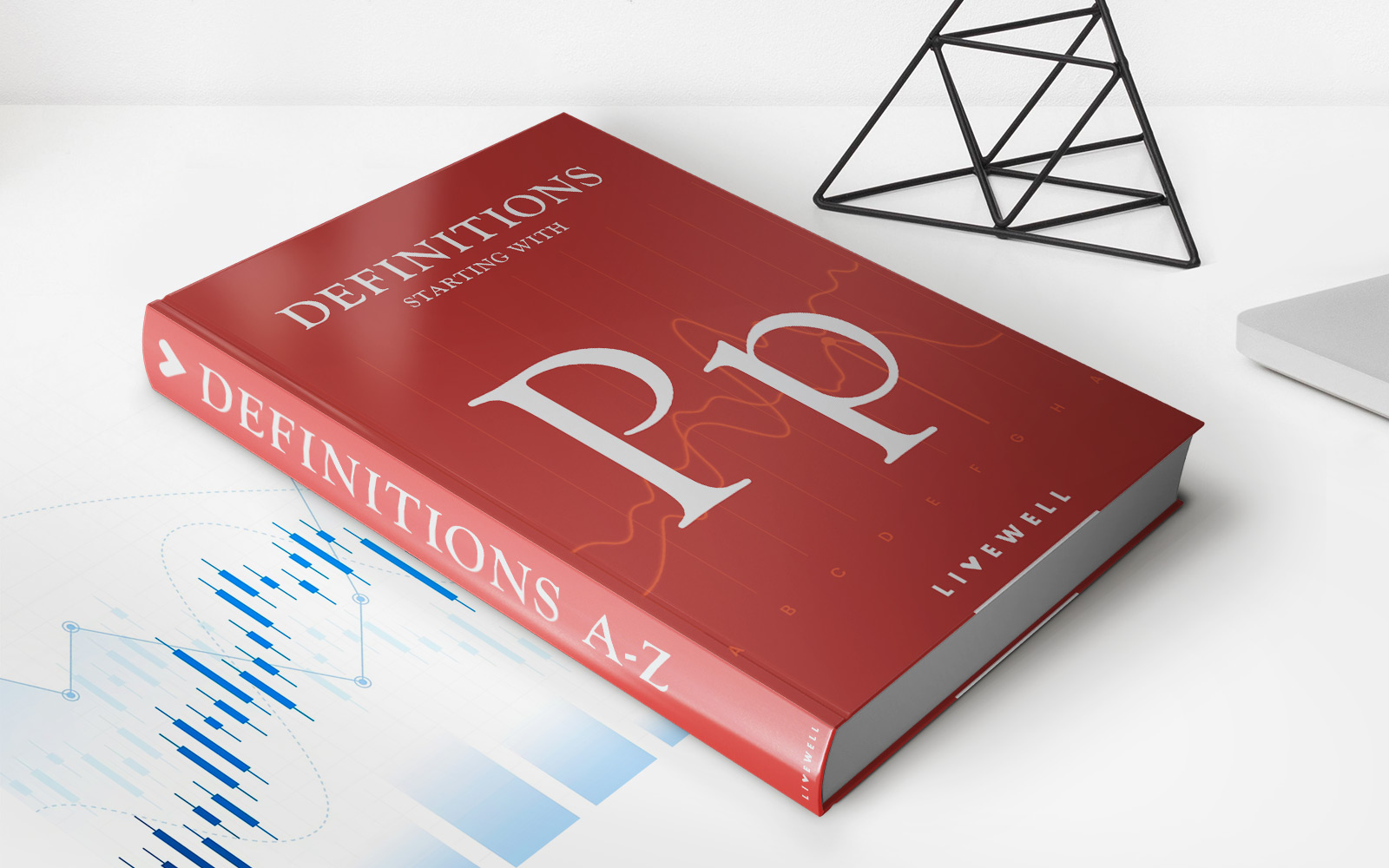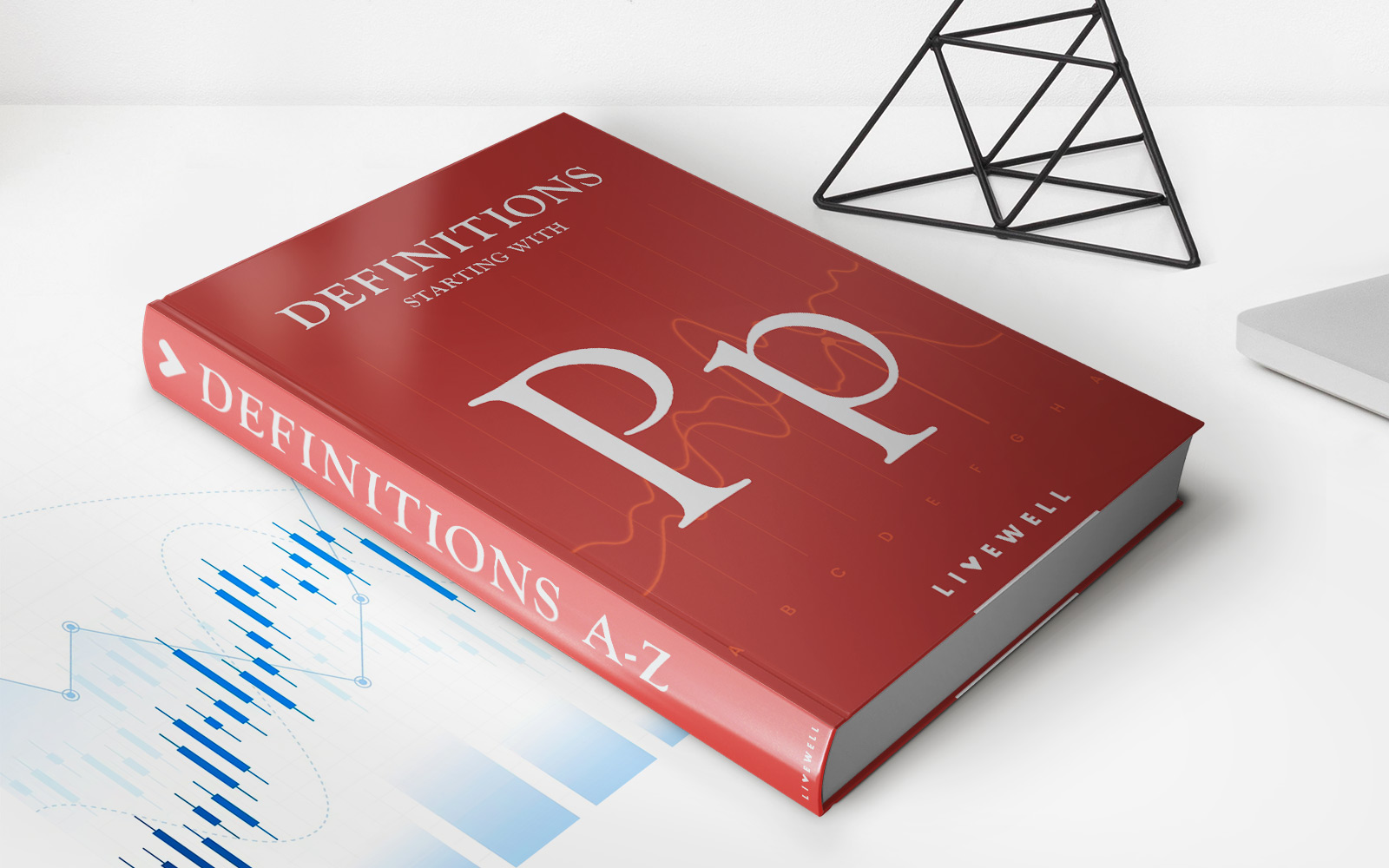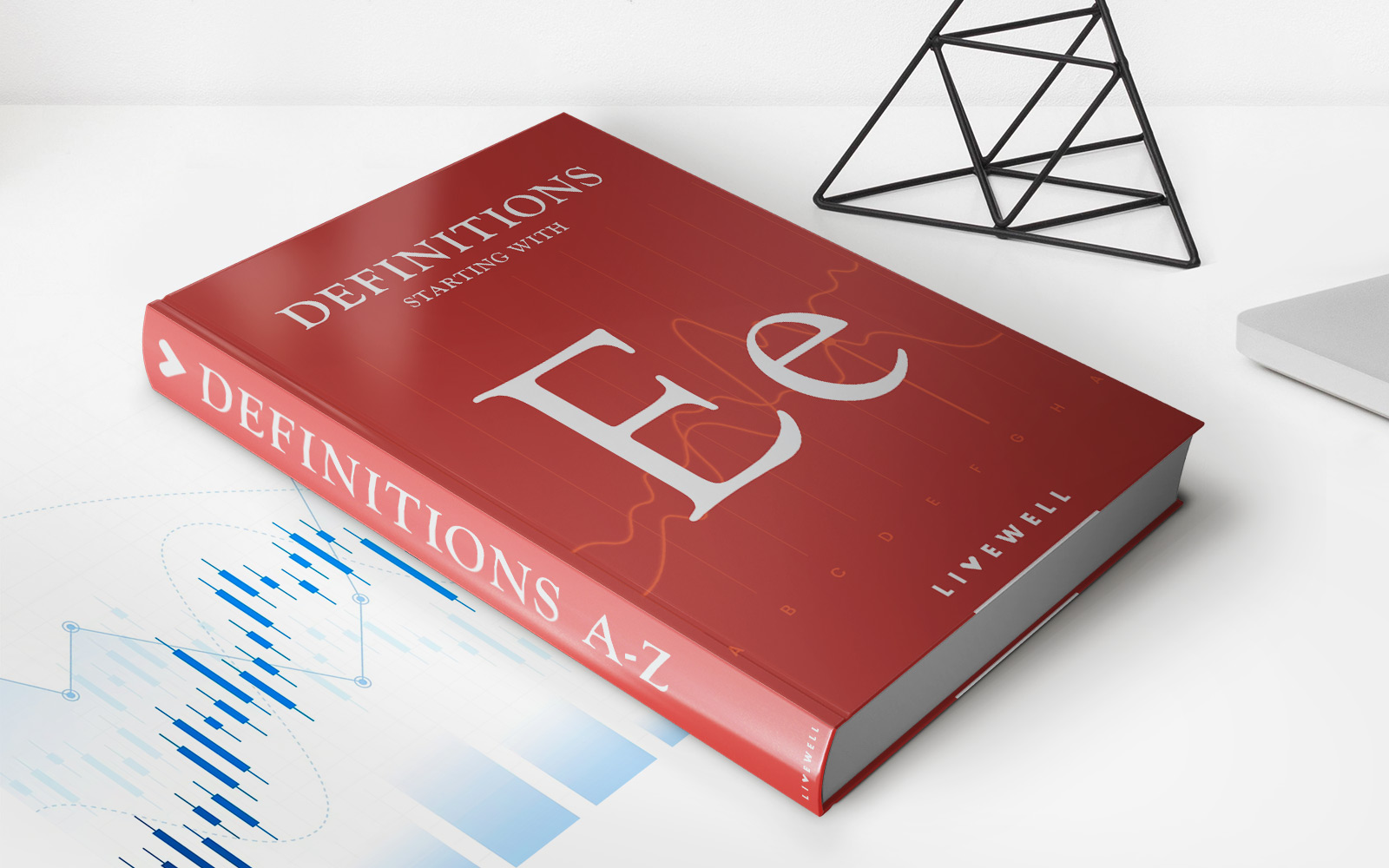Home>Finance>Wall Street Journal Prime Rate: Definition, Methodology, Uses


Finance
Wall Street Journal Prime Rate: Definition, Methodology, Uses
Published: February 17, 2024
Discover the definition, methodology, and uses of the Wall Street Journal Prime Rate. Explore key insights and analysis in the field of finance with the renowned publication.
(Many of the links in this article redirect to a specific reviewed product. Your purchase of these products through affiliate links helps to generate commission for LiveWell, at no extra cost. Learn more)
Understanding the Wall Street Journal Prime Rate
As the world of finance continues to evolve, it is essential to stay informed about key financial indicators, such as the Wall Street Journal Prime Rate. So, what exactly is the Wall Street Journal Prime Rate, how is it calculated, and what role does it play in the financial landscape? In this blog post, we will delve into the definition, methodology, and uses of the Wall Street Journal Prime Rate, providing you with an in-depth understanding of this important financial metric.
Key Takeaways:
- The Wall Street Journal Prime Rate is the interest rate that commercial banks charge their most creditworthy customers, which serves as a benchmark for other lending rates.
- It is determined by polling the largest banks in the U.S., including JPMorgan Chase, Bank of America, Wells Fargo, and Citigroup, among others.
Defining the Wall Street Journal Prime Rate
At its core, the Wall Street Journal Prime Rate is the interest rate that commercial banks offer to their most creditworthy customers. It serves as a benchmark for other lending rates, influencing various financial products such as mortgages, personal loans, and credit cards. The Wall Street Journal Prime Rate is often referred to as “prime” and is commonly used in the United States.
The Wall Street Journal, a widely recognized financial publication, calculates and publishes the Wall Street Journal Prime Rate. The rate is determined by polling a selected group of the largest banks in the U.S., including well-known institutions like JPMorgan Chase, Bank of America, Wells Fargo, Citigroup, and others. These banks provide their individual prime rate, and the Wall Street Journal calculates the average to derive the official Wall Street Journal Prime Rate.
The Methodology Behind the Wall Street Journal Prime Rate
The methodology for calculating the Wall Street Journal Prime Rate is relatively straightforward. The Wall Street Journal surveys a group of banks, typically 10 or more, to obtain their individual prime rates. After gathering the data, the highest and lowest rates are excluded from the calculation to eliminate outliers, and an average of the remaining rates becomes the Wall Street Journal Prime Rate.
It’s important to note that the Wall Street Journal Prime Rate is a variable rate that changes over time. When there is a shift in the Federal Reserve’s target interest rate, which is set by the Federal Open Market Committee (FOMC), the Wall Street Journal Prime Rate often follows suit, influencing borrowing costs for consumers and businesses.
Uses of the Wall Street Journal Prime Rate
The Wall Street Journal Prime Rate has significant implications for various aspects of the financial world. Some key uses of the Wall Street Journal Prime Rate include:
- Mortgages: Many adjustable-rate mortgages are tied to the Wall Street Journal Prime Rate. As the prime rate increases or decreases, the interest rates on these mortgages also adjust accordingly.
- Personal Loans: The Wall Street Journal Prime Rate is a benchmark for determining the interest rates on personal loans. Higher prime rates often result in higher monthly payments for borrowers.
- Credit Cards: Credit card interest rates frequently use the Wall Street Journal Prime Rate as a reference point. If the prime rate rises, credit card interest rates may increase as well.
Overall, the Wall Street Journal Prime Rate serves as a crucial indicator for the current state of the economy and impacts the cost of borrowing for individuals and businesses. It is crucial to stay informed about changes in the prime rate to make wise financial decisions and manage financial obligations effectively.
Now that you have a comprehensive understanding of the Wall Street Journal Prime Rate, you can confidently navigate the complex realm of finance and stay ahead of the game.
